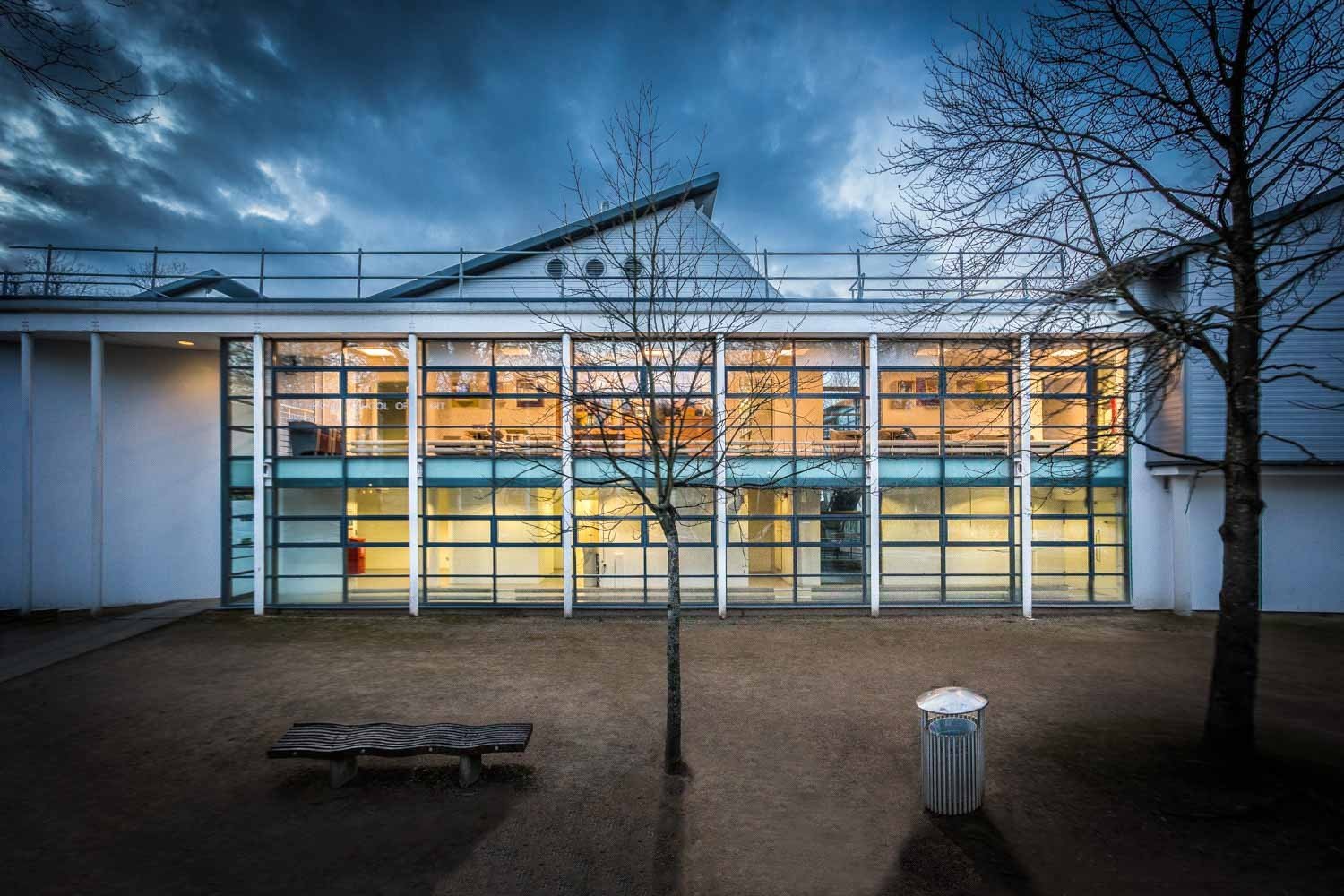Creating a compelling portfolio is crucial for any architectural photographer looking to attract clients and showcase their skills. A well-curated portfolio highlights your best work, demonstrates your expertise, and helps you stand out in a competitive field. Here’s a comprehensive guide on using architectural photography for portfolio development to help you create an impressive collection that reflects your talent and vision.
The Importance of a Strong Portfolio
Showcase Your Skills
Demonstrate Expertise:
Your portfolio is a visual resume that demonstrates your technical skills, creativity, and attention to detail. It shows potential clients what you can do and the quality they can expect.
Highlight Specialties:
If you have specific areas of expertise, such as commercial buildings, residential properties, or historical architecture, your portfolio is the place to highlight these specialties.
Attract Clients
First Impressions:
A strong portfolio makes a powerful first impression. It can be the deciding factor for clients when choosing between photographers.
Build Trust:
Showcasing high-quality work builds trust with potential clients, assuring them of your professionalism and capability.
Tips for Capturing Stunning Architectural Photos
Master the Basics
Proper Lighting:
Lighting is crucial in architectural photography. Use natural light to your advantage, and understand how to work with artificial lighting for nighttime shots.
Composition:
Pay attention to composition principles such as the rule of thirds, leading lines, and symmetry. These elements create balanced and engaging photos.

Camera Settings:
Shoot in manual mode to have full control over your camera settings. Use a small aperture (high f-stop number) for a large depth of field and a low ISO to minimize noise.
Use Advanced Techniques
HDR Photography:
High Dynamic Range (HDR) photography allows you to capture a wide range of light and detail by combining multiple exposures. This is particularly useful for scenes with high contrast.
Panoramic Shots:
Panoramic photography can capture the full scope of large buildings and expansive scenes. Use a tripod and panoramic stitching software to create seamless images.
Reflections and Shadows:
Incorporate reflections and shadows creatively to add depth and interest to your photos. Look for reflective surfaces and dramatic lighting conditions.
Selecting the Best Photos for Your Portfolio
Quality Over Quantity
Curate Carefully:
Select only your best work for your portfolio. It’s better to have a smaller collection of outstanding photos than a large collection of mediocre ones.
Show Variety
Diverse Projects:
Include a variety of projects to demonstrate your versatility. Show different types of buildings, angles, and lighting conditions.
Different Styles:
Highlight your ability to capture different architectural styles, from modern and contemporary to classic and historical.
Consistent Editing
Unified Look:
Ensure that your photos have a consistent editing style. This creates a cohesive look and feel for your portfolio.
Post-Processing:
Use post-processing techniques to enhance your photos without overdoing it. Adjust exposure, contrast, and color balance to bring out the best in each image.
Presenting Your Portfolio
Online Portfolio
Professional Website:
Create a professional website to showcase your portfolio. Use high-resolution images and organize them into categories or projects for easy navigation.
SEO Optimization:
Optimize your website for search engines to attract more visitors. Use relevant keywords, meta tags, and alt text for your images.
Physical Portfolio
Printed Portfolio:
Consider creating a printed portfolio for in-person meetings and presentations. High-quality prints can leave a lasting impression on potential clients.
Portfolio Book:
A professionally bound portfolio book can be an elegant way to present your work. Choose a clean and minimalist design to let your photos shine.
Social Media
Instagram and Pinterest:
Use social media platforms like Instagram and Pinterest to share your work and reach a broader audience. Engage with followers and potential clients through regular posts and stories.
LinkedIn:
Create a professional profile on LinkedIn and include a link to your portfolio. Connect with industry professionals and participate in relevant groups.
Networking and Marketing
Attend Events
Industry Events:
Attend architecture and photography events, trade shows, and exhibitions to network with potential clients and other professionals in the field.
Collaborate
Partnerships:
Collaborate with architects, designers, and real estate professionals. These partnerships can lead to new projects and referrals.
Online Presence
Blog and Tutorials:
Create a blog or tutorials to share your expertise and attract visitors to your website. Write about architectural photography tips, case studies, and behind-the-scenes stories.
Email Marketing:
Build an email list and send regular newsletters to keep your audience informed about your latest projects and services.
Conclusion
Developing a strong architectural photography portfolio takes time and effort, but the results are worth it. By capturing stunning images, carefully selecting and presenting your best work, and actively marketing yourself, you can create a portfolio that attracts clients and showcases your talent. Use the tips and techniques discussed in this guide to enhance your portfolio and take your architectural photography career to the next level.

